The new Schlossgut Schwante offers nature and sculpture in equal measure
Opened last month on the grounds of an 18th century castle, Germany’s latest sculpture park is a sanctuary for art and soul
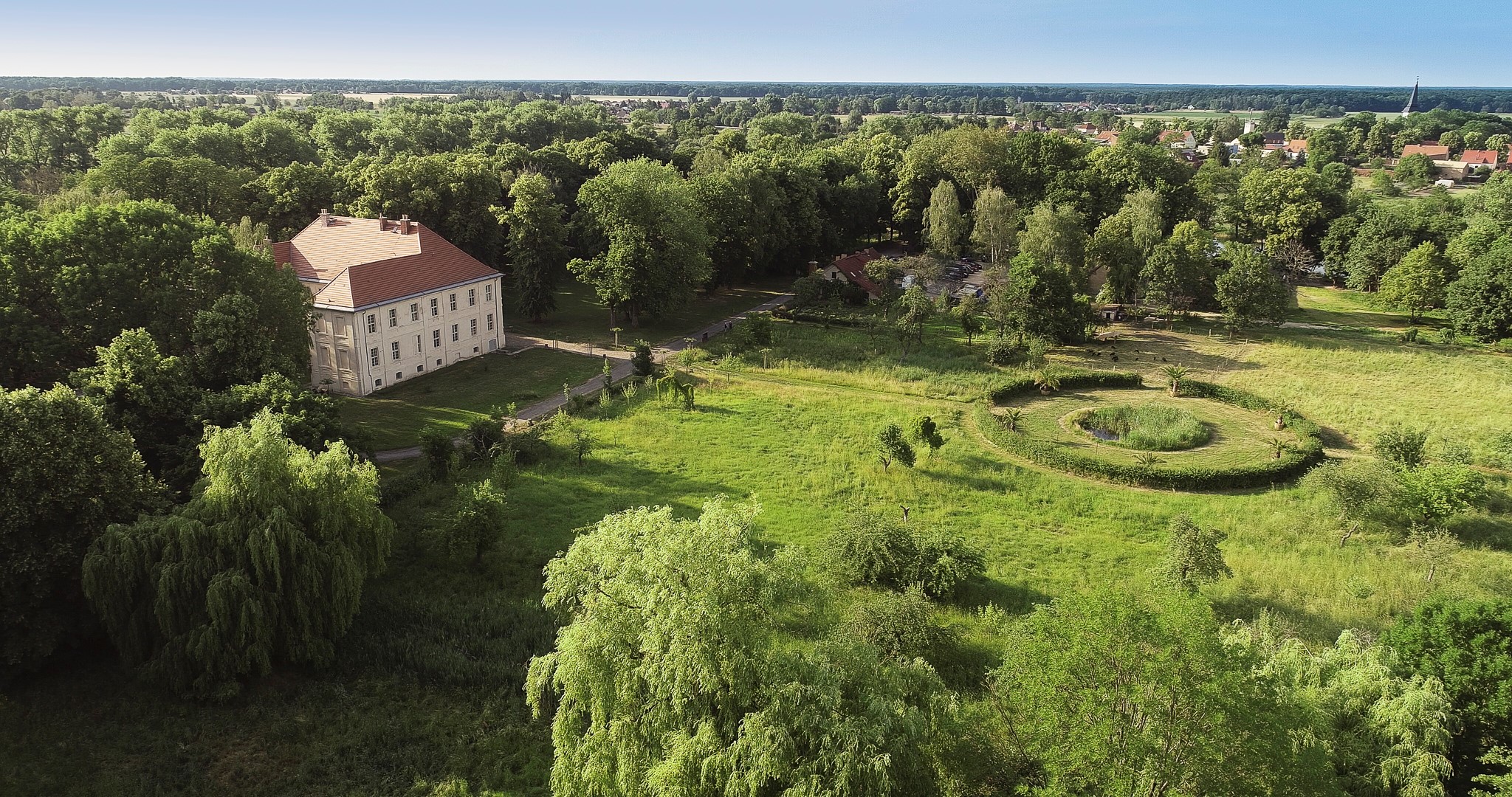
A spell in the outdoors has long had its charms. For the urban dweller, we conjured up schools-in-the-woods, open-air lidos and eventually, park yoga. Yet perhaps never has nature’s tonic been drunk more keenly than in the post-lockdown era: rasping as we are for the holy trinity of fresh air, open space and vitamin D. Nature as primary commodity; culture at risk of fuzzing over on the back shelf?
Timely, therefore, is the opening of Germany’s latest sculpture park: Schlossgut Schwante – a 10 hectare estate in rural Brandenburg. Yet its origins are far from spontaneous. ‘We’ve been dreaming of this for a long, long time,’ explains co-founder Daniel Tümpel, recalling childhood visits to the Kröller-Müller Park in the Netherlands, and grown-up pilgrimages to Denmark’s Louisiana and Brazil’s Inhotim, with his wife and co-Founder, Loretta Würtenberger. When a phone call came out of the blue, alerting the couple that an 18th century Prussian castle 25km north of Berlin was up for sale, pipe dream soon turned major restoration project.

Japanese artist Toshihiko Mitsuya's The Aluminum Garden – Structural Study of Plants, 2020.
‘It was almost a forest,’ recalls Tümpel, ‘I don’t know how many hours we spent cutting hedges and sowing meadows.’ Nine months on, Schlossgut Swante may not have opened to an international party of 800 as planned, but the family of six, plus grandparents and dogs, are now at home in the Baroque house, and eager to greet their locals. Says Tümpel: ‘It was really a concept for the community, for the village’.
Village it is. Encircled by the fields and forests of Upper Havelland, Schlossgut Schwante looks no further than its own hedgerows for its inaugural two-year display, ‘Nature and Sculpture’. It’s about ‘a longing for nature, as something to conserve and enjoy’, Tümpel reveals – a philosophy shared too by artist Hans Arp’s ‘biomorphic’ sculpture. (Tümpel and Würtenberger have managed Arp’s estate for 12 years, whilst simultaneously founding and running both Fine Art Partners and the Institute for Artists’ Estates.)
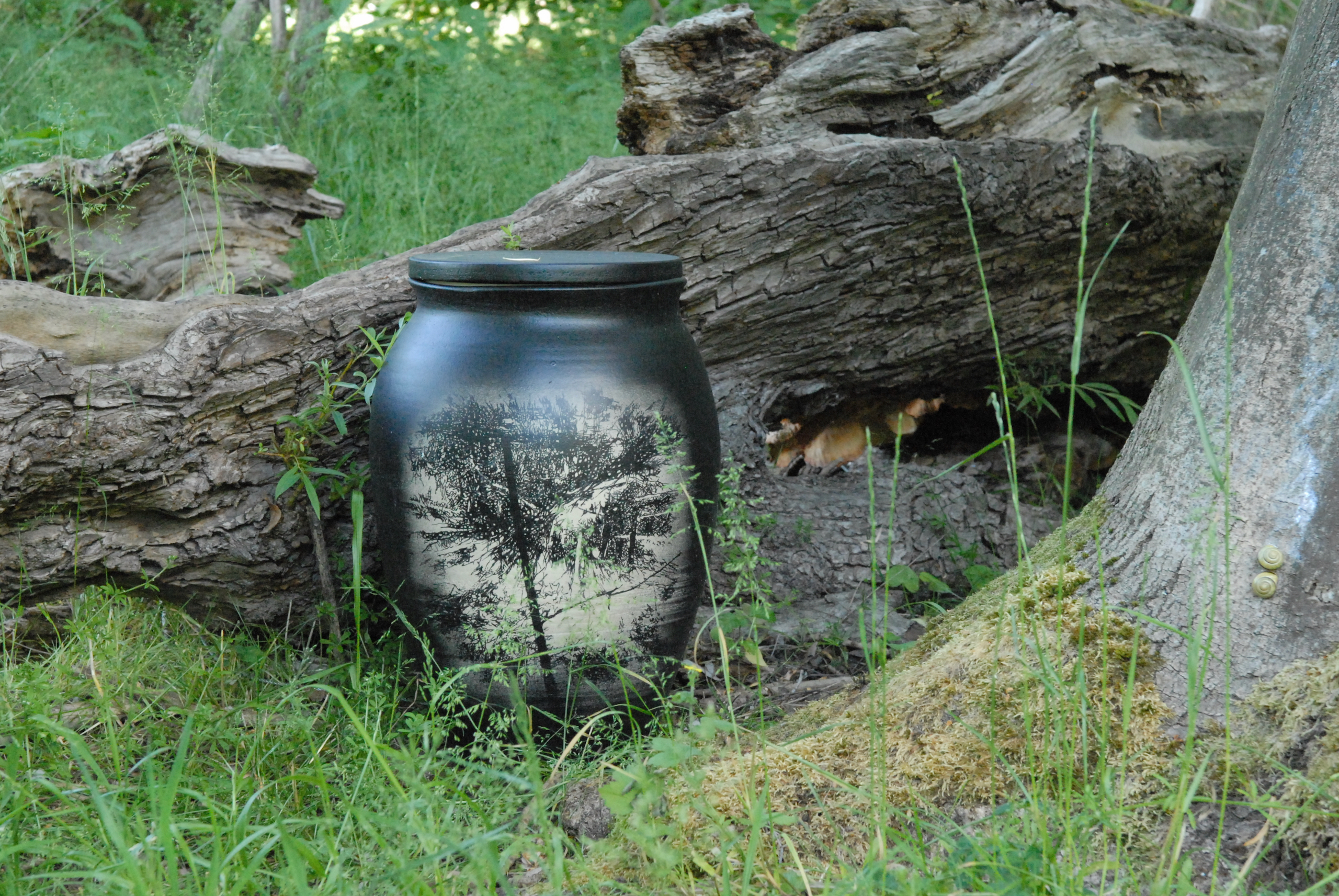
Detail of Israeli artist Yehudit Sasportas' Clay Works, 2020. , courtesy of Sommer Contemporary Art
Two dozen outdoor works from as many international names – Tony Cragg, Maria Loboda and Ai Weiwei amongst the established – riff loosely on this theme. One-third are new commissions, some loans, others owned by the couple. Tümpel laughs as he recalls Berlin-based Japanese artist Toshihiko Mitsuya’s first visit to the park: Mitsuya had leapt out of the car with a single cut flower, placing it in the middle of the lawn and declaring, ‘we should have a flower garden’. Mitsuya’s The Aluminum Garden – Structural Study of Plants followed. Elsewhere, Carsten Nicolai has whittled a wooded nook into a meditation space, in homage to an Angkor Wat echo chamber. Björn Dahlem’s neon installation runs riot in a glade, whilst Jorinde Voigt’s interactive tree-suspended swing offers oscillating views of a nearby work by Monika Sosnowska. And finally, across the lake, Martin Creed’s neon sermon chimes out for all: ‘Everything is Going to be Alright’.

Elliptical Column, by Tony Cragg, 2012. Photography: Hanno Plate, © the artist, courtesy Buchmann Galerie Berlin und Sies + Höke, Düsseldorf
Indeed, the outlook is bright for Schlossgut Schwante, which has weathered the pandemic with just minor delay. The only significant omission is the ambitious side programme of music, performance, film, and yoga, now on hold until 2021. Natural restrictions remain for the restaurant and craft-farm shop showcasing work by cherished local makers, but the café and greenery will sequester a precious air of normality. ‘We are almost like an island!’, beams Tümpel.
And on the island of Schlossgut Schwante – a vast patch of land with all the nourishment, grace and comfort of an 18th century luncheon – there is ample room for recuperation. The real dilemma for culture is: will we ever skip into the recycled aircon of an indoor gallery with the same fervour again?
INFORMATION
‘Sculpture & Nature’, Schlossgut Schwante Sculpture Park, 19 June – 30 October 2020. schlossgut-schwante.de
ADDRESS
Receive our daily digest of inspiration, escapism and design stories from around the world direct to your inbox.
Schlossplatz 1-3
16727 Oberkrämer OT Schwante
Germany
-
 Aesthetics and acoustics come together in the Braque speakers from Nocs Design
Aesthetics and acoustics come together in the Braque speakers from Nocs DesignThe Braque speakers bring the art of noise, sitting atop a brushed steel cube that wouldn’t look out of place in a contemporary gallery
-
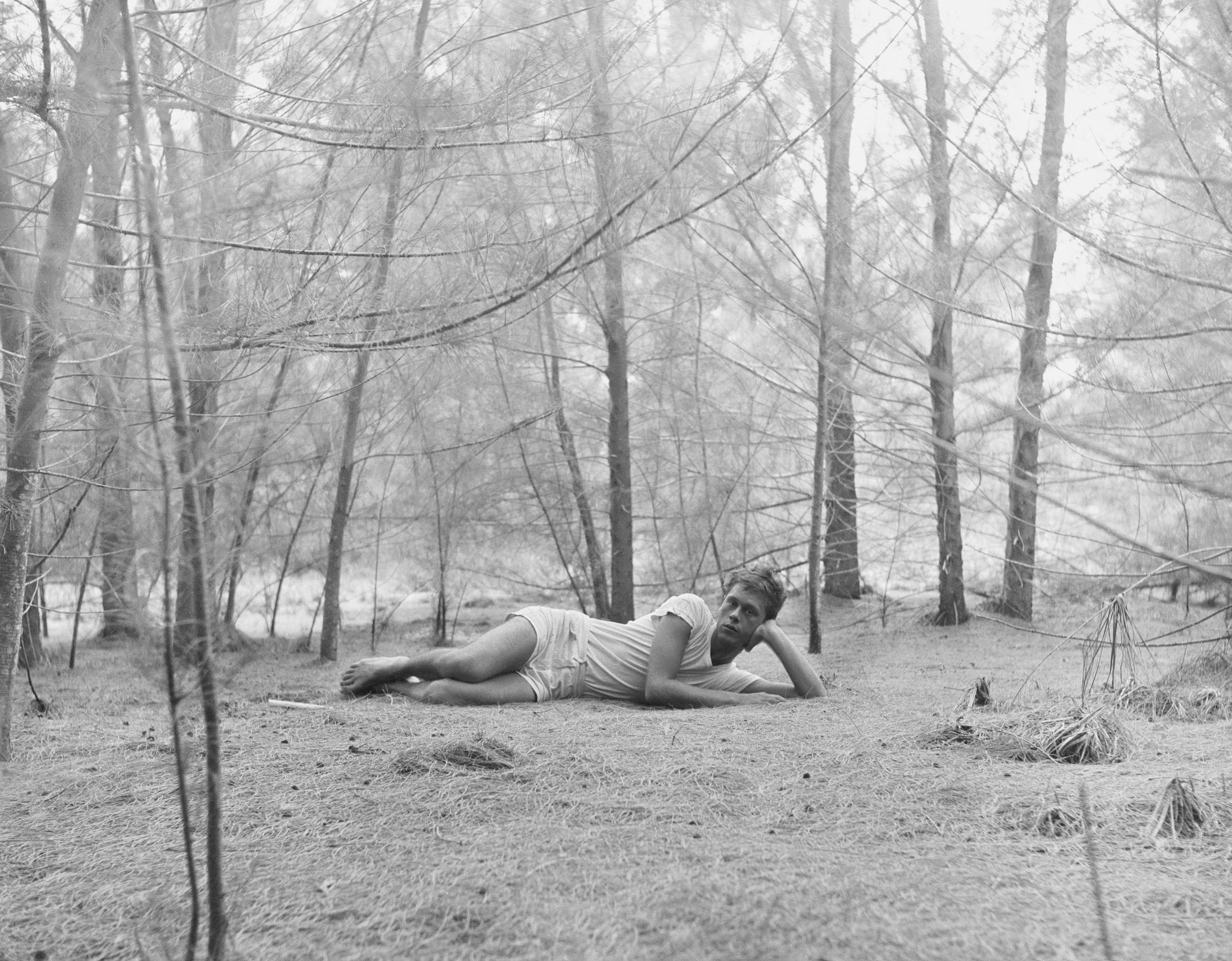 Inside the seductive and mischievous relationship between Paul Thek and Peter Hujar
Inside the seductive and mischievous relationship between Paul Thek and Peter HujarUntil now, little has been known about the deep friendship between artist Thek and photographer Hujar, something set to change with the release of their previously unpublished letters and photographs
-
 In addition to brutalist buildings, Alison Smithson designed some of the most creative Christmas cards we've seen
In addition to brutalist buildings, Alison Smithson designed some of the most creative Christmas cards we've seenThe architect’s collection of season’s greetings is on show at the Roca London Gallery, just in time for the holidays
-
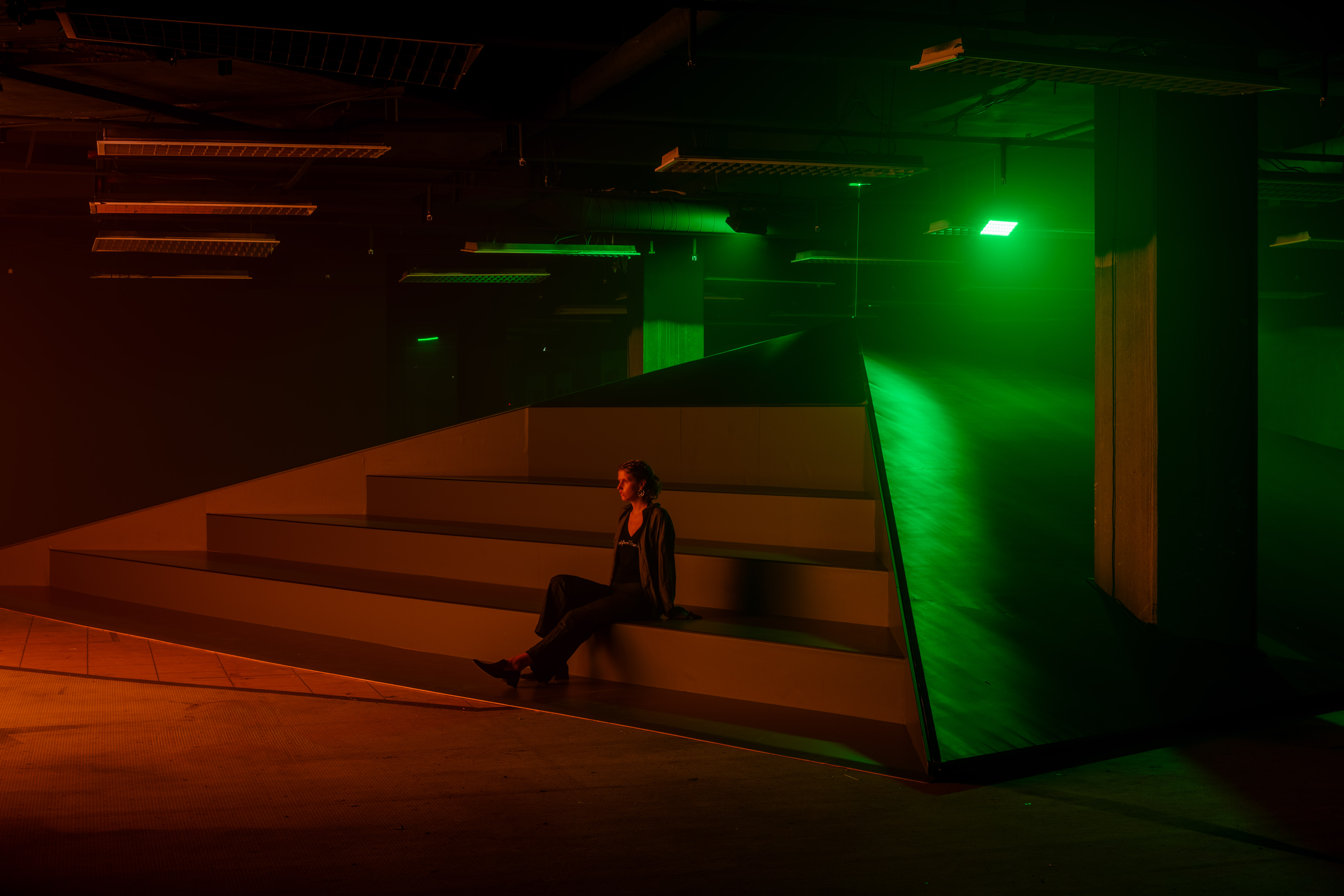 'There is no way light and darkness are not in exchange with each other': step inside Christelle Oyiri’s sonic world in Berlin
'There is no way light and darkness are not in exchange with each other': step inside Christelle Oyiri’s sonic world in BerlinIn an explosion of light and sound, Christelle Oyiri explores celebrity, mythology and religion inside CANK, a former brutalist shopping centre in Berlin’s Neukölln
-
 What's the story with Henni Alftan’s enigmatic, mysterious paintings? The artist isn’t saying
What's the story with Henni Alftan’s enigmatic, mysterious paintings? The artist isn’t sayingParis-based artist Henni Alftan's familiar yet uncanny works are gloriously restrained. On the eve of a Sprüth Magers exhibition in Berlin, she tells us why
-
 Rolf Sachs’ largest exhibition to date, ‘Be-rühren’, is a playful study of touch
Rolf Sachs’ largest exhibition to date, ‘Be-rühren’, is a playful study of touchA collection of over 150 of Rolf Sachs’ works speaks to his preoccupation with transforming everyday objects to create art that is sensory – both emotionally and physically
-
 Architect Erin Besler is reframing the American tradition of barn raising
Architect Erin Besler is reframing the American tradition of barn raisingAt Art Omi sculpture and architecture park, NY, Besler turns barn raising into an inclusive project that challenges conventional notions of architecture
-
 What is recycling good for, asks Mika Rottenberg at Hauser & Wirth Menorca
What is recycling good for, asks Mika Rottenberg at Hauser & Wirth MenorcaUS-based artist Mika Rottenberg rethinks the possibilities of rubbish in a colourful exhibition, spanning films, drawings and eerily anthropomorphic lamps
-
 San Francisco’s controversial monument, the Vaillancourt Fountain, could be facing demolition
San Francisco’s controversial monument, the Vaillancourt Fountain, could be facing demolitionThe brutalist fountain is conspicuously absent from renders showing a redeveloped Embarcadero Plaza and people are unhappy about it, including the structure’s 95-year-old designer
-
 See the fruits of Niki de Saint Phalle and Jean Tinguely's creative and romantic union at Hauser & Wirth Somerset
See the fruits of Niki de Saint Phalle and Jean Tinguely's creative and romantic union at Hauser & Wirth SomersetAn intimate exhibition at Hauser & Wirth Somerset explores three decades of a creative partnership
-
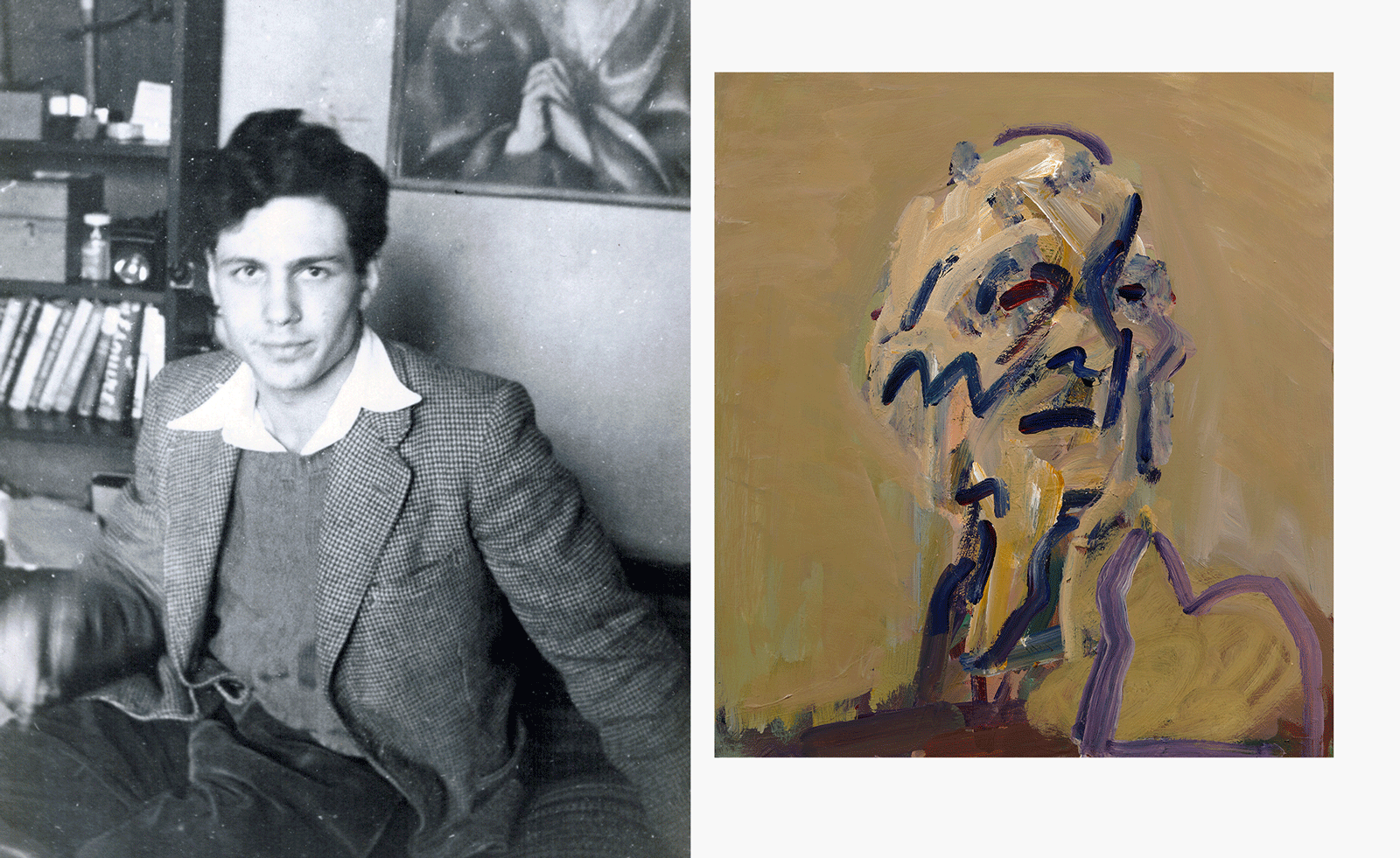 A posthumous exhibition in Frank Auerbach's home city of Berlin celebrates the work of the figurative painter
A posthumous exhibition in Frank Auerbach's home city of Berlin celebrates the work of the figurative painter‘Frank Auerbach’, on until 28 June at Galerie Michael Werner, Berlin, marks the first time the artist's work is shown in the city where he was born